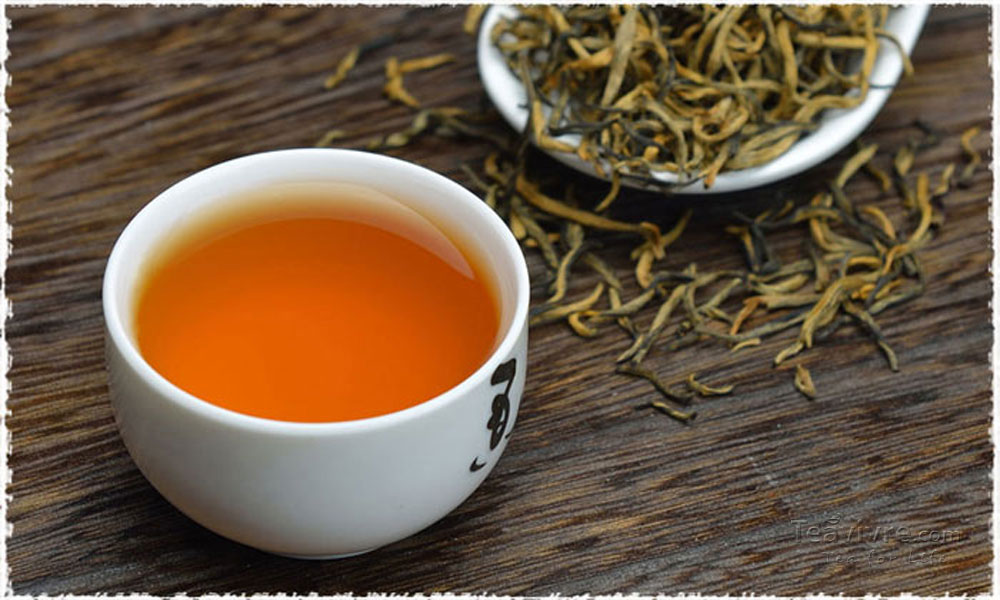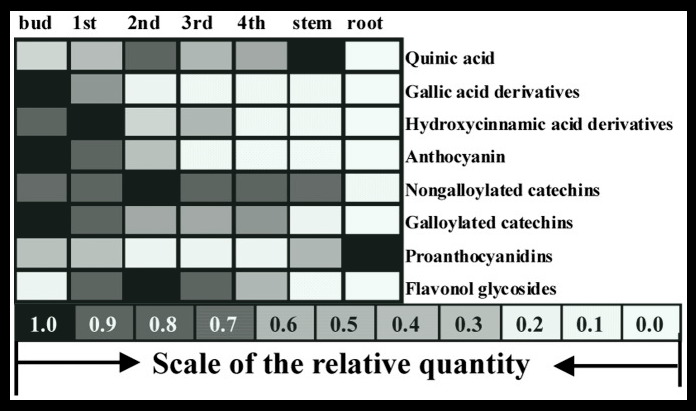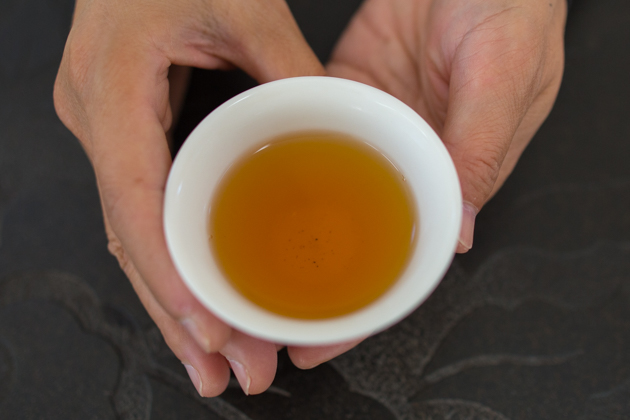What is the difference between Yunnan red gold needle, Yunnan red gold wire and Yunnan red gold bud blue standard? Which is better for tea taste and aroma?
Tea buds picked in early spring turn a beautiful golden color rather than black because they are rich in antioxidants and have low levels of chlorophyll. The tea is soft, full, sweet and has a cacao flavour even when cold brewed. This multi-layered bud requires a high degree of craftsmanship to process into black tea. Tea producing area Yunnan Province Lincang City Fengqing County
Tea varieties Yunnan big leaf seed
Harvest season mid-March
The standard for picking green leaves is to use only a single bud to make a golden bud (Yunnan Golden Bud), a very rare black tea. Because of this, it has a very rich aroma, similar to cocoa. Smooth on the palate, with subtle sweetness covering the entire palate. Gold bud tea is indeed a remarkable tea. The leaves of our golden teeth come from the dense forests in the surrounding mountains of Fengqing and Yun County in Baiyingshan District, Yunnan Province. Harvest occurs when the first tea buds of the year begin to grow in late March or early April. Most black teas are made from late-ripening tea leaves, which turn black after oxidation and drying. On the other hand, the tender tea buds will show a beautiful golden color after processing. This is due to the fact that young growth is rich in antioxidants and low in chlorophyll. The fine hair on each bud proves that the tea maker handled the tea skillfully and did not break them.

Black tea bud oxidation challenge
Freshly picked individual tea buds will be made into golden buds (Yunnan golden buds). In 1958, Fengqing tea industry produced gold sprouts for the first time. They began to use only leaf buds to make high-grade Yunnan black tea, rather than using slightly mature 1 leaf bud to 2-3 leaves, i.e. one bud with two leaves or one bud with three leaves. Yunnan was the first place to make black tea from this tender leaf material. Processing tea buds into black tea requires a lot of skill to produce good tea, because tea leaves contain many layers of leaves. If left on the tea tree, healthy tea buds will eventually grow five or six leaves. The tea maker must carefully control the oxidation process so that it proceeds evenly at each layer of the bud. Black tea becomes sour if it is over-oxidized, and heavy and tannic if it is under-oxidized. But with just the right touch and technique, black teas like Jinya stand out from the process, exuding delicate, rich aromas and sweet, smooth flavors.
The bamboo mat is laid on the upper part of the groove, so that there is still space under the groove.
A wind tunnel used to wilt fresh tea leaves. Leaves are placed on bamboo mats above long wooden troughs, and air is blown through the space beneath the leaves. The tea maker will spread a thin, uniform layer of freshly harvested tea buds on a bamboo tray and breathe for 3-5 hours. They are then placed in a wind tunnel woven of wood or bamboo, and fans blow air through the tunnel beneath the blades, allowing them to wither for about 5-6 hours. The tea maker then stir-fries the tea leaves by half with his hands. After that, the tea can be oxidized.
Oxidized tea buds turn from green to gold and reddish.
Gold buds change color when oxidized. Oxidation requires heat and moisture. Tea is wrapped in fabric and placed in wooden boxes covered with a thick cloth to keep the environment warm and moist. This oxidizes the tea leaves in a natural way. The tea maker must check the tea buds frequently, stirring intermittently to ensure that the heat is evenly distributed among the tea buds and oxidized evenly. They also need to manually check the condition of the leaves to determine when to stop the oxidation process. They judge by squeezing and smelling the tea leaves, with keen sense of smell and touch. Oxidation is a critical step in the processing process that must be carefully controlled to cultivate the aroma of the tea and ensure that the tea tastes sweet and smooth without any grassy taste of unoxidized leaves.
Important Notice :
前街咖啡 FrontStreet Coffee has moved to new addredd:
FrontStreet Coffee Address: 315,Donghua East Road,GuangZhou
Tel:020 38364473
- Prev

What is the difference between uncut noodles, small noodles, medium noodles and large noodles? What is the difference between Tieguanyin and Phoenix Dancong tea picking standards?
Tea picking in addition to one bud two leaves, one bud three leaves and so on, there are "unopened noodles", "small noodles", "medium noodles", "large noodles". The main purpose of open-face mining is to make the substances in the tea more abundant, so as to produce better quality tea. And the "noodle" here refers to the new top of tea leaves.
- Next

What is the difference between the taste characteristics of Anji black tea and Anji white tea?
New and chic black tea with aromas of malted grain, mellow fruit and honey sweetness. Anji red is made from the same amino acid-rich variety as Anji white tea and green tea. Angel Red in 2021 maintains the characteristics of the glycol black tea you saw last year. The demand for this kind of tea is very strong, so I
Related
- What ratio of water temperature and ground does the smart cup method use to press coffee? The difference between brewed coffee and filtered coffee?
- What is the standard process for the purpose of coffee cup testing? What is the difference between hand-brewed coffee and cup testing?
- How to use hand-brewed coffee paragon small golden balls? How does cold coffee lock in the aroma of coffee?
- Is American coffee black? What is the difference between American coffee and drip coffee?
- Unexpected! Well-known tea beverage brand Lele Tea will withdraw from the Zhengzhou market!
- Starbucks enters the fashion and beauty industry?! Netizen: Give me an ice American eye cream
- Why can American refills for free? The difference between Americano and American drip pot coffee
- Being chased out of the rain in front of Starbucks?! Store: Sheltering from rain under umbrellas poses a safety hazard
- The white moonlight has changed?! Lucky launches "Big Winter Pear American"
- Hand-brewed coffee three-stage method, high-sweet and universal brewing method to share! What does the high sweet water level of hand-brewed coffee mean?

